
About Us
A welcoming and vibrant Cohousing community in Shepherdstown, WV, where we thrive together in beauty and simplicity.
Shepherd Village was designed by a group of active people, mostly >55. We wanted to create a close-knit neighborhood that will support aging in place, staying actively engaged in life and enjoying deep friendships.
Shepherd Village is the first cohousing community in the state of West Virginia.
All original SV homeowners have taken possession of their homes as of May 2019. Changing circumstances result in some homes becoming available for sale or rent from time to time. See the For Sale/Rent section for the latest updates.
To see Shepherd Village Voice,
our latest newsletter,
go to this link.
Who we are
We are 30 member households – singles and couples, working and retired, volunteers and activists. Our lives are full and rich! Some of us have lived and traveled around the world; some of us enjoy the quiet of home. We all value community, share our diverse skills and interests, and offer mutual support to each other. Environmental sustainability is important to us, and together we are creating simple and beautiful housing that honors the earth and preserves open space.
The people of Shepherd Village represent a wide range of faiths and beliefs. Among us are those who follow traditions of Christianity, Judaism, Buddhism, combinations of many or none at all. We value diversity and look forward to expanding and enriching our world as we learn from one another.
Members currently moved to Shepherd Village from West Virginia, Maryland, Virginia, Pennsylvania, Washington DC, Kentucky, Florida, Hawaii and Costa Rica. Collaborating to bring to life this new cohousing community in Shepherdstown, we are taking risks, working hard to learn what is needed, and having fun in the process.
How we are organized
Our members serve on Teams, where most of the work of the community is done. Each Team reports on its work and recommends actions to be taken.
Our Teams include:
Architectural Review
Buildings and Grounds
Care Team
Common House Care
Community Meals
HOA Coordinating Team
Finance
Legal
Land Stewardship
Member Relations
Public Relations
Social/Recreation
Technology
Workshop
Our project has benefited from the skills of consultants we have hired as well as members who have expertise in the areas of development, architecture, engineering, "green" building design and permaculture. Together, we have created a design for the whole community, including building designs and strategies for financing its development. We have also worked to clean up the land and learn how to become wise stewards of this precious resource.
How we got started
There are many ways to tell our evolving story! Here's one:
Some of us have known each other for a long time; many are newly made friends. Some of our early members were part of other intentional communities, starting as early as the 1970s. Around 2010, they began to have conversations about how to continue to enjoy the precious gifts of community through the years ahead. At that point, some were living in the DC metro area, and others closer to Harpers Ferry and Shepherdstown. In 2011, five of them visited an intentional residential community in Abingdon, VA, and came back excited about the possibility of creating something similar in this area.
Shepherdstown seemed to be a perfect place to nestle such a community. Surprisingly, they discovered an available 19-acre tract of undeveloped land within the town. Project conversations then broadened to include more people in the Shepherdstown area. What would become "Shepherd Village" was launched when original members were joined by local folks at an exploratory meeting in January 2013. The 15 participants shared their hopes for the future, and one of the local leaders introduced the concept of "cohousing."
The project took off! By March 2013, an emerging group of 11 households had become an LLC (limited liability corporation), and in November of 2013, one of the households purchased the 19-acre tract on behalf of the group. And so the journey began...
Our Village
Shepherd Village has 30 member households made up of singles and couples -- active retirees and working adults.
Each household has a private home and a small yard, plus a one-30th share of the common property: woods, paths, community garden, greenhouse, woodworking shop and the Common House — our shared gathering place and second living room. It contains several multipurpose rooms, entertainment systems, fully equipped kitchen, lovely large dining area, screened porch, caretakers suite and guest room. The garden center contains a greenhouse with a living roof. There are 14 acres of common forested land with walking trails. All are managed by the community through our homeowners association. The community is a 4 block walk to downtown Shepherdstown shops, restaurants, churches and Shepherd University. There is a MARC train station nearby with service to Washington DC.
Shepherd Village Image Gallery

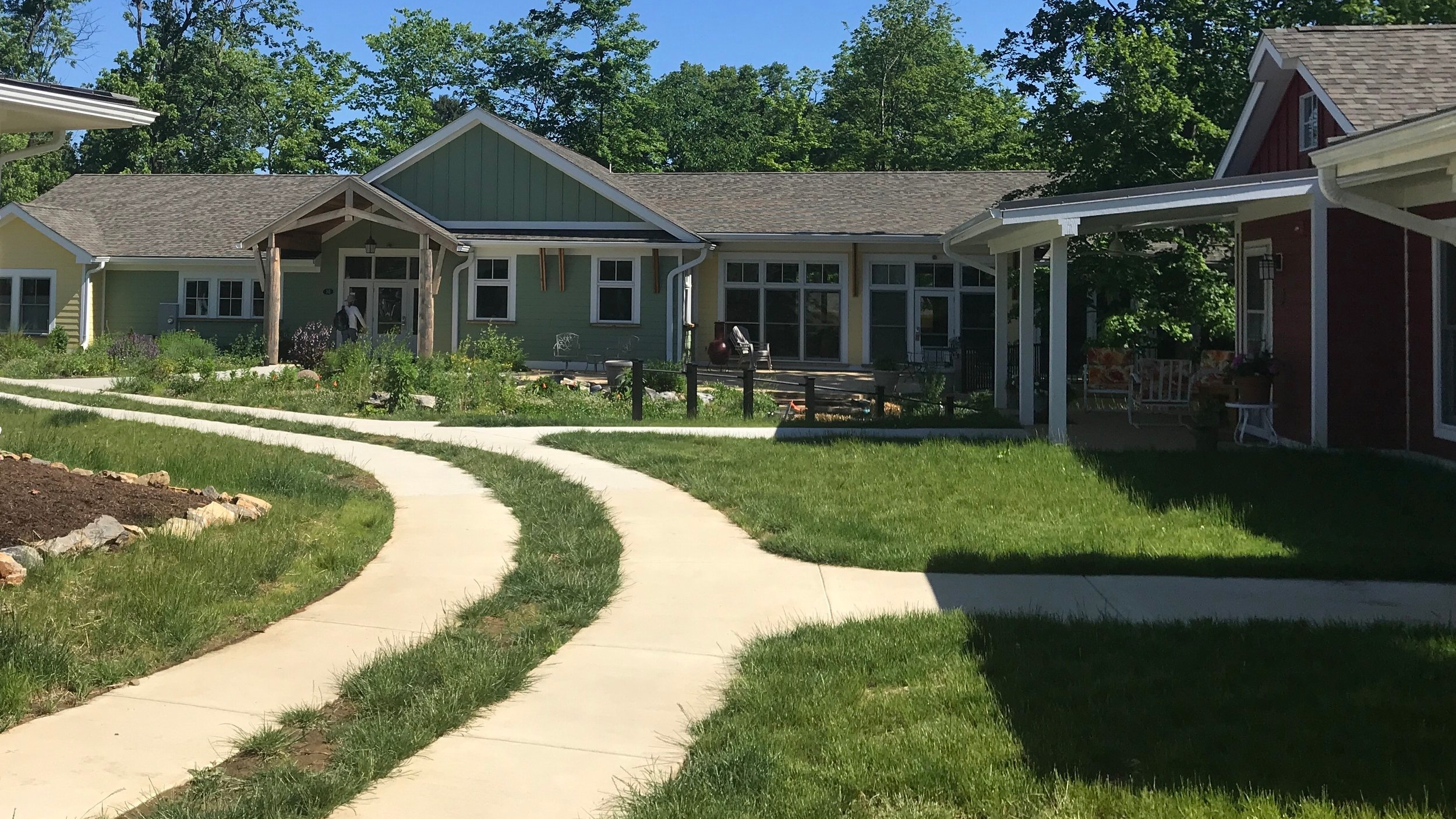
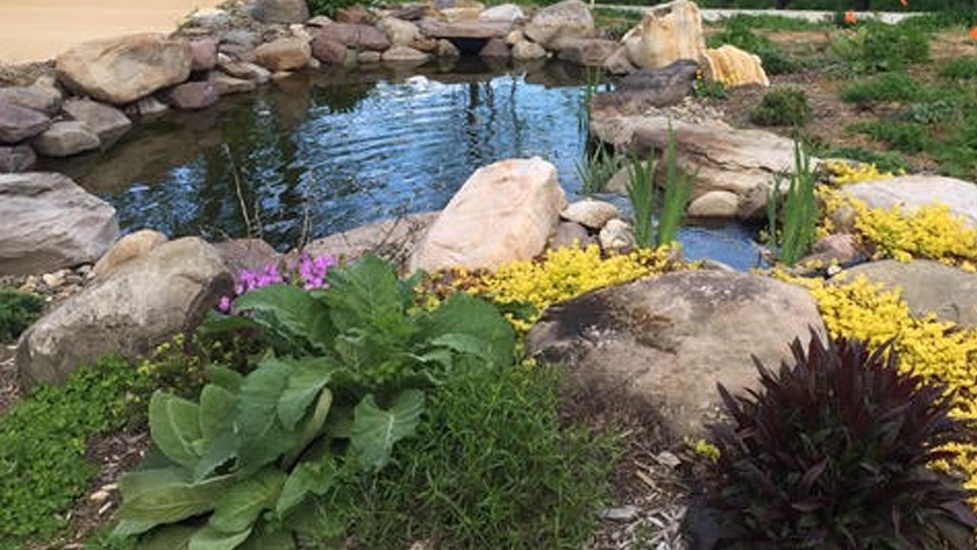
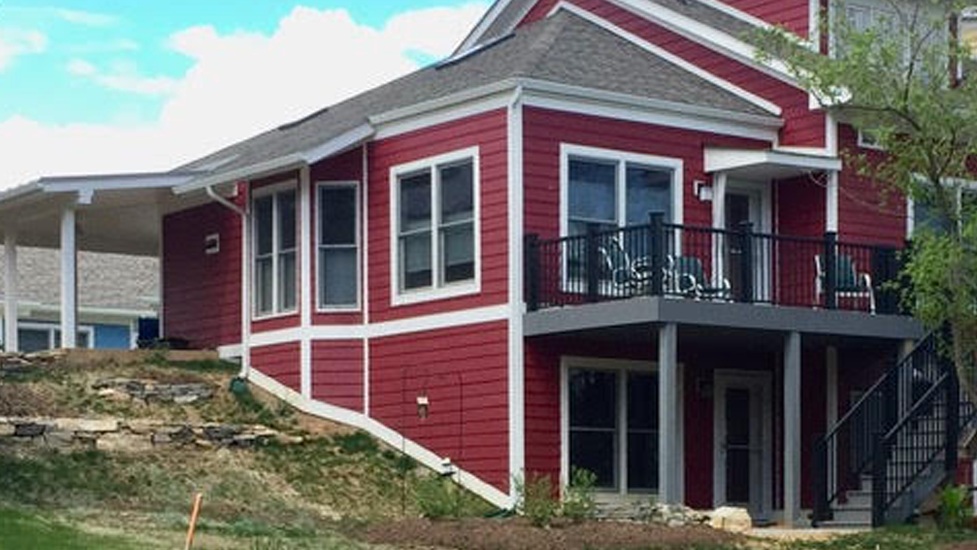
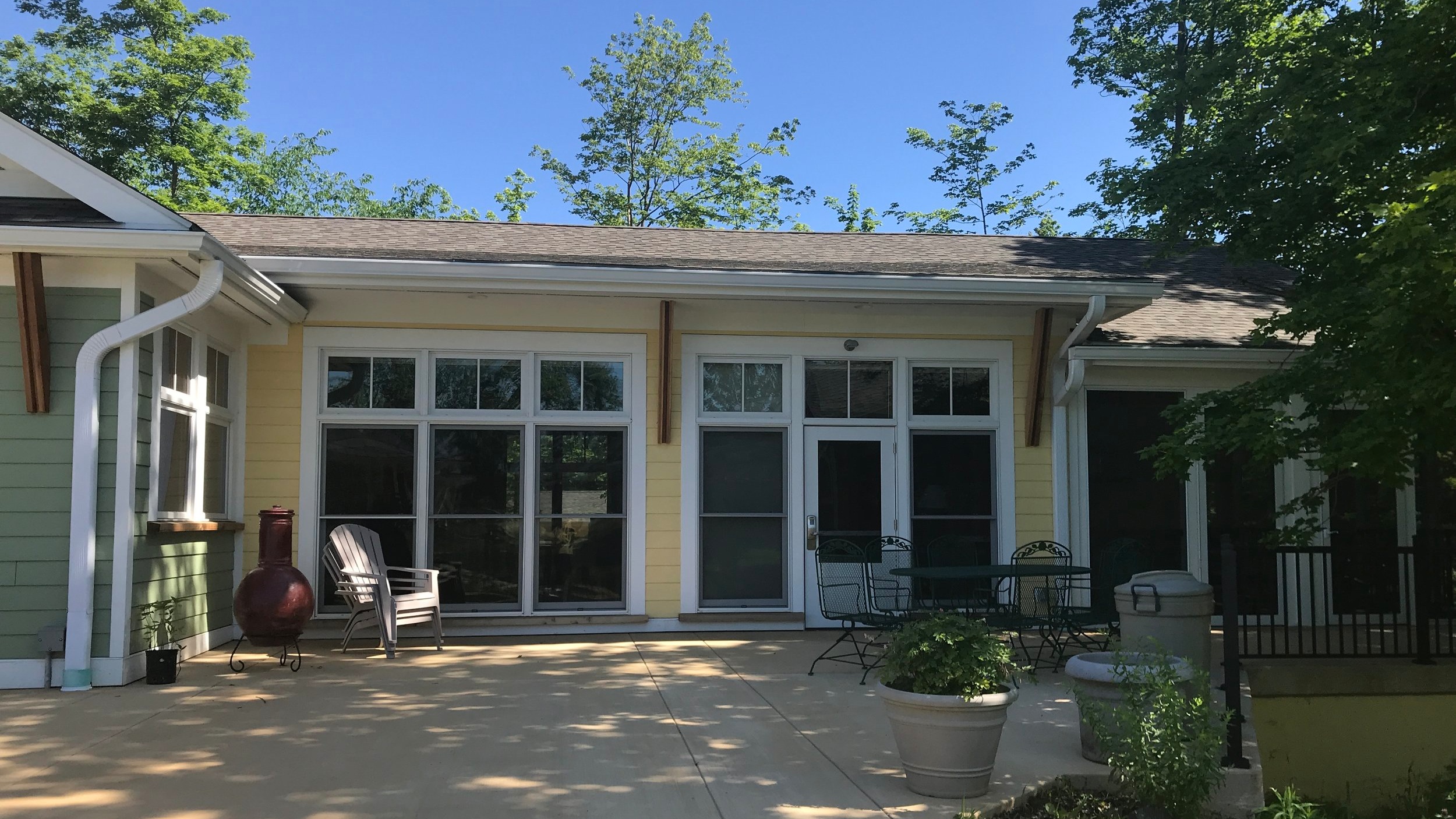
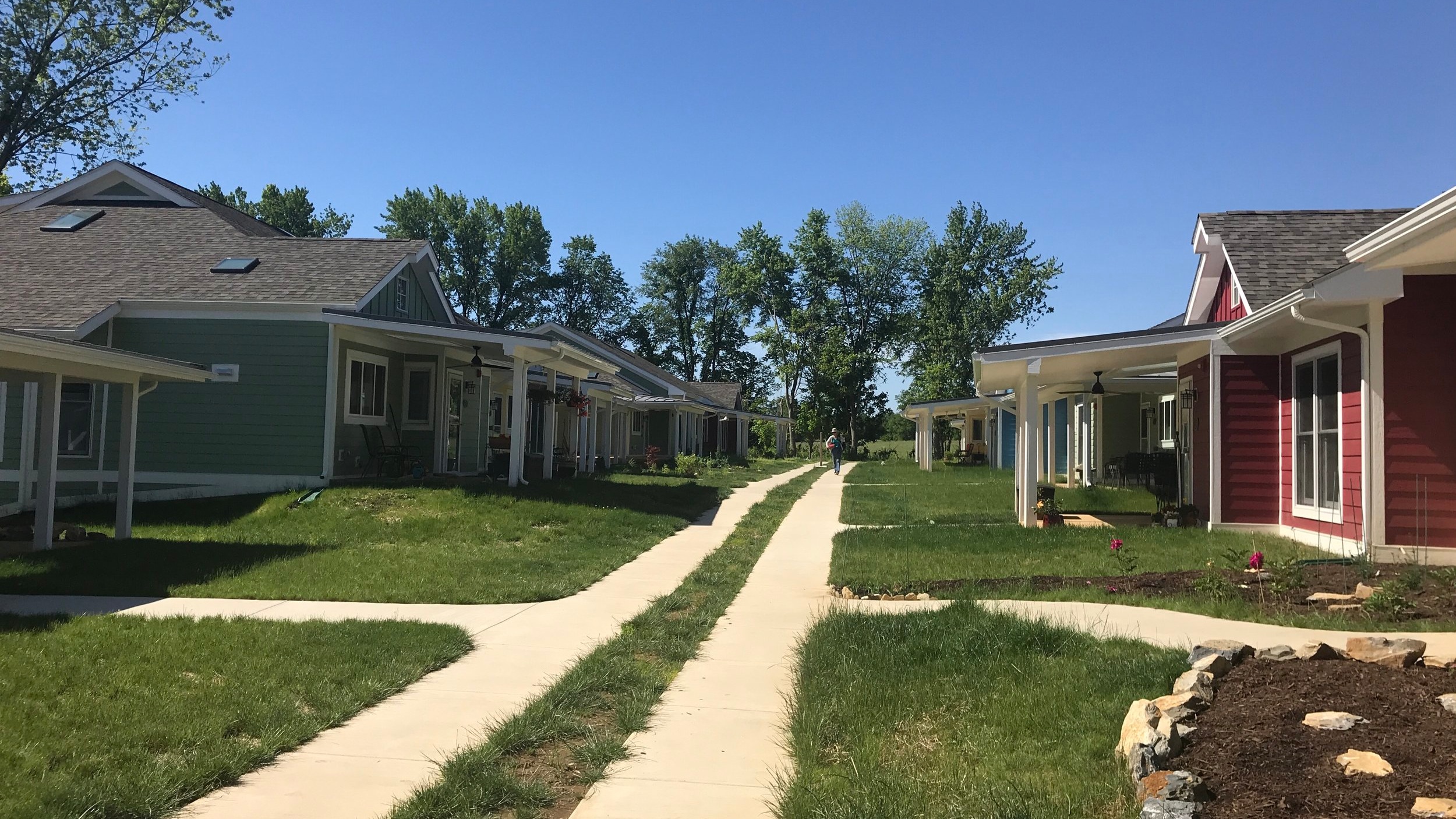
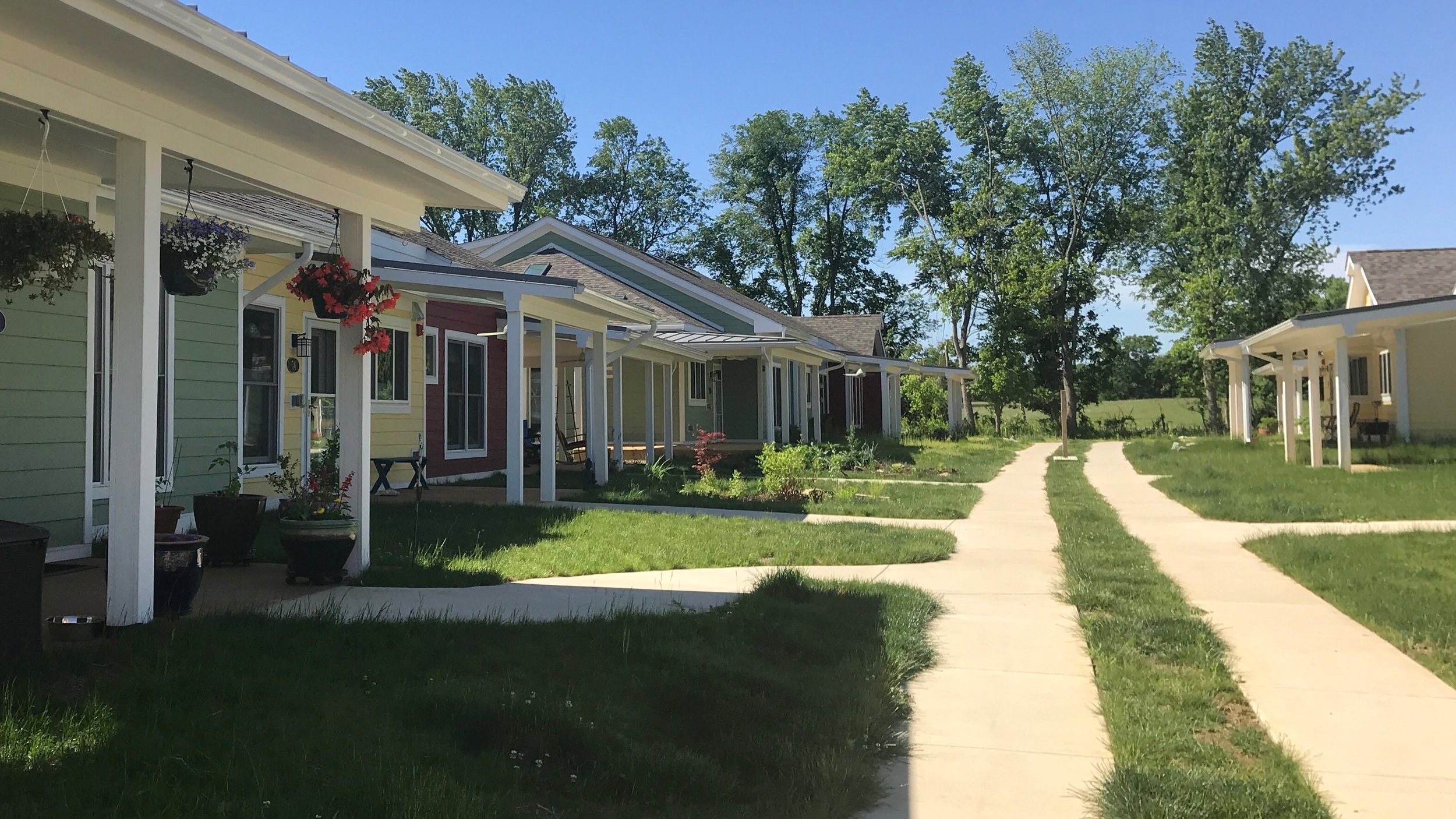

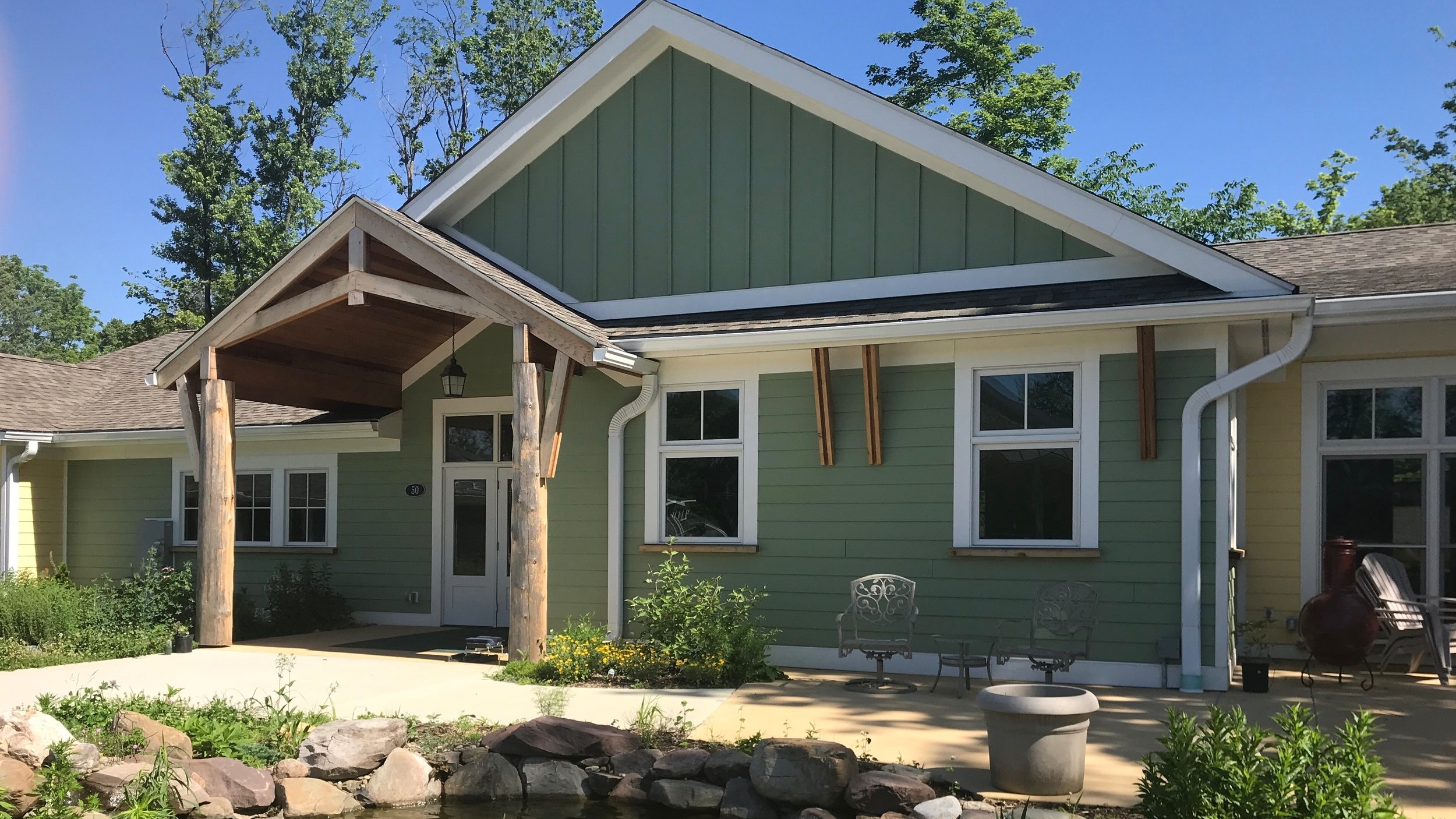






Joining In
All of our 30 units were originally sold before we broke ground; some are being rented until the owners are able to move in themselves. But inevitably life happens and circumstances change, and some Shepherd Village homes become available for sale from time to time. See the For Sale/Rent section below for the latest details.
We have a list we are calling Shepherd Village Friends, folks who are interested in receiving news of Shepherd Village. These Friends will become familiar with the concepts of cohousing and will participate in some events so that we can get to know each other. Please contact us if you would like to join this list.
For more information about cohousing, explore these resources:
Websites
Some examples of cohousing communities:
Oakcreek Community
PDX Commons Cohousing
Valverde Commons
Elderspirit Community
Liberty Village
Takoma Village Cohousing
Books
Creating Cohousing: Building Sustainable Communities, Kathryn McCamant & Charles Durrett
The Senior Cohousing Handbook, second edition, Charles Durrett
Rightsizing Your Life, Simplifying Your Surroundings While Keeping What Matters Most, Ciji Ware
Creating a Life Together: Practical Tools to Grow Ecovillages and Intentional Communities, Diana Leafe Christian
Pocket Neighborhoods, Ross Chapin
Video
HOMES FOR SALE OR RENT
WE HAVE NO UNITS AVAILABLE RIGHT NOW
Frequently Asked Questions
What is cohousing?
Cohousing is a form of intentional neighborhood in which residents actively participate in the design and operation of their own community. The physical design encourages social contact while preserving privacy.
What are common features of cohousing communities?
Participation – Residents as a group drive the planning and design of the community and make all major decisions.
Designs that facilitate community – From the placement of mail boxes and walkways to the orientation of the houses, site design is focused on supporting easy and spontaneous social contact.
Extensive common facilities – Cohousing communities have what’s called a “Common House” – a beautiful house that typically includes a kitchen, large dining area and relaxed sitting areas as well as smaller side rooms for things like art work, yoga, exercise, wood working, reading and often some guest rooms. The facility is considered an extension of your home and is meant for daily use. Other shared facilities may include storage sheds, gazebos, walking trails, community gardens and other open spaces.
Complete resident management – All members share responsibility for the management and care of the community – building, maintaining and enriching it via participation in decisions and doing the work.
Non-hierarchical structure – Leadership is distributed and responsibility is shared. There is no single leader or elected body that runs the community. Decisions are typically made by consensus, although some groups also use voting if the group cannot reach consensus after several tries. (This is rarely needed.) Because information is shared well and processed maturely by the whole group, resulting decisions are both wiser and owned by everyone.
Volunteer economy – There is no shared community effort to produce income. The community is not a source of income for its members. Residents typically volunteer their labor as their contribution to shared responsibilities.
How many cohousing communities are there in the United States?
The first U.S. cohousing communities were built in the early 1990s. There are now 165 U.S. communities, according to the nonprofit Cohousing Association of the United States: 148 are completed and 17 are under construction. Another 140 groups are organizing; 35 of those have acquired land they are developing.
Shepherd Village is the first cohousing community in the state of West Virginia and the first senior cohousing community in the Washington DC metro area.
How is Shepherd Village different from a commune?
Shepherd Village homes are privately owned, fee simple, and there is no shared income or ideology.
What if I don’t feel like socializing all the time?
Very few of us feel like socializing all of the time. In cohousing, there is no expectation to be social at any particular time. Cohousing offers the choice of enjoying the privacy of your own home (and common areas that are not currently in use), or enjoying whatever happens to be going on in the neighborhood. How much you socialize is up to you. Many cohousers in other places create their own signs or symbols to let their neighbors know if they would prefer not to talk at the moment. Of course, those of us who choose to live here do so because in general, we enjoy getting to know one another. Cohousing is actually very popular with introverts, because there’s no “work” required to socialize; it’s “built-in.”
What if I don’t like all my neighbors?
Well, don’t be surprised – would you expect to like every single person in a group of 30 households? There will naturally be some people with whom you get along better than others. But when that person who slightly annoys you picks you up at the airport or shows you how to grow scrumptious tomatoes, he or she might not seem so bad. You may even grow to like people whom you had earlier judged poorly. Some say that cohousing is the biggest personal growth experience you’ll ever have.
What is accessible design?
As people age, they sometimes need different features in their homes – like having sufficiently wide doorways to accommodate walkers or wheel chairs, easy-open door handles, walk-in showers, no steps required for daily living, etc. We have incorporated many of these “universal design” features.
Do residents have their own kitchens?
Yes, each residence has a fully equipped, private kitchen. In addition, the Common House contains a gourmet kitchen, where community members can share as many meals as they want each week.
How will Shepherd Village be physically maintained?
Members are responsible for the interior maintenance of their individual homes. Exterior maintenance and maintenance of the commonWe’ll decide how to organize doing the work together. Some of the work is paid for with Homeowners Association fees.
How “green” is Shepherd Village?
While we recognize that building new housing has an environmental impact, Shepherd Village members value sustainability. The site design clusters the houses to preserve open space. Members have worked with the architects to include energy efficient and sustainable practices to the extent the budget will allow. Living close to neighbors and friends and within three blocks of the center of town will reduce vehicle fuel consumption. The sharing of a vast array of items, from tools to air mattresses, among residents will lower our need for consumer items. We will make good use of our on-site recycling center and compost our yard and kitchen waste.
What about covered parking?
The community is pedestrian friendly, with a design that gives people priority over cars. Each household has one covered parking space available, mostly carports, with some garages. There are also clustered open parking spaces.
What do homeowners own?
Each Shepherd Village homeowner owns his/her own home, and the land under and immediately around it. Through the homeowners association, homeowners also own a share of the Common House, chicken and garden sheds, workshop and land.
What if I own a Shepherd Village home and decide to sell later?
You would sell your Shepherd Village home just as you would sell any other home that you owned conventionally, except that your buyer may need to meet the age restriction requirements (80% of our homes must have one household member 55 or older). In many cohousing communities, cohousing units have appreciated more rapidly than conventional real estate. The HOA will maintain a List of Prospective Buyers/Renters to be the first to be informed of the sale before approaching the wider market. The HOA will hold the first right to purchase at fair market value.
Are there meetings?
We have monthly Member meetings, which are planned, managed and evaluated to respect the energy and time of members and enable progress on the Village. Each member is encouraged to become a part of one or two teams that meet to do much of the work of the community between monthly meetings.
What is consensus?
“Consensus decision making is a creative and dynamic way of reaching agreement between all members of a group. Instead of simply voting for an item and having the majority of the group get their way, a group using consensus is committed to finding solutions that everyone actively supports, or at least can live with.” A fuller discussion of consensus decision-making is on the Seeds for Change site,
Who can/can’t live at Shepherd Village?
At least 80% of our households must include one resident member who is 55 or older. Members are expected to participate in the life of the community and share the values of the community (mutual respect, tolerance, care for the earth and each other). There are responsibilities of membership, including attending meetings and participating in teams. Before joining, a prospective member will have extensive opportunity to interact with other members so that an informed decision can be made concerning how ready the person is for community life at Shepherd Village. We hope to maintain a diverse community, because we believe that life is richer if many different viewpoints and experiences are available.
What is a Common House?
A Common House is a space that is like an extension of each person’s individual home. The price of each home includes a share of the cost of the Common House. Owners share the space. The Common House is the heart of a cohousing community. Our Common House has a kitchen, spacious dining area suitable for shared meals and community meetings, comfortable living room, media room, exercise equipment room, yoga/meditative movements room and guest rooms.
How do you handle shared meals?
Most cohousing communities have shared meals at least once a week. Some are potlucks; some are prepared by a team of volunteers at low cost to those who eat. We are just getting organized, but we have some very good cooks among our Shepherd Village members so we expect to have shared meals more than once a week!
What shared activities will there be?
Besides common meals, meetings, work parties and other gatherings, cohousing makes it easy to become part of a group that does spontaneous activities together, such as go to a movie or watch one together at home, go for a hike, kayak float, or a bike ride. The design of the community will make it easy to connect with one or more people who enjoy the same things as you. The whole community will probably celebrate some events together in the Common House or elsewhere on the land. Working together to garden, landscape or maintain the Common House can be a fun way to grow relationships.
Is there a “no smoking” policy?
Yes, our members have adopted a very clear “no smoking” policy concerning all buildings (private and shared) and anywhere on the grounds. We are committed to the health and well-being of all of our members.
Shepherdstown
Shepherdstown, West Virginia is a real find.
Founded in 1762, the Town richly blends history, culture, and scenic beauty. Population 2,140. Home to many treasures – the nationally renowned Contemporary American Theater Theatre Festival, artists galore, musicians around every corner, restaurants to satisfy every palate, the vibrant life of a university town (Shepherd University) with its Lifelong Learning program and state-of-the-art Wellness Center with special rates for seniors, all nestled along the Potomac River next to the C&O Canal towpath, while also within 90 minutes of Washington DC and Baltimore, MD.
For more info:
Shepherdstown.info
CATF.org
Shepherdwellness.org
Sustainablejeffersoncounty.org
Join our Mailing List
Sign up for the Shepherd Village Newsletter.
Be the first to know about news, special events,
sales and rentals at Shepherd Village.
We respect your privacy
Newsletter Archive
-
-
December 2022
November 2022
October 2022
September 2022
August 2022
July 2022
June 2022
May 2022
April 2022
March 2022
February 2022
January 2022 -
December 2021
November 2021
October 2021
September 2021
August 2021
July 2021
June 2021
May 2021
April 2021
March 2021
February 2021
January 2021 -
December 2020
November 2020
October 2020
September 2020
August 2020
July 2020
June 2020
May 2020
April 2020
March 2020
February 2020
January 2020
Contact Us
Contact Us
We welcome your inquiries. Let us know how we can help you with more information.
Shepherd Village Cohousing
Common House
50 Shepherd Village Circle
Shepherdstown, WV 25443





